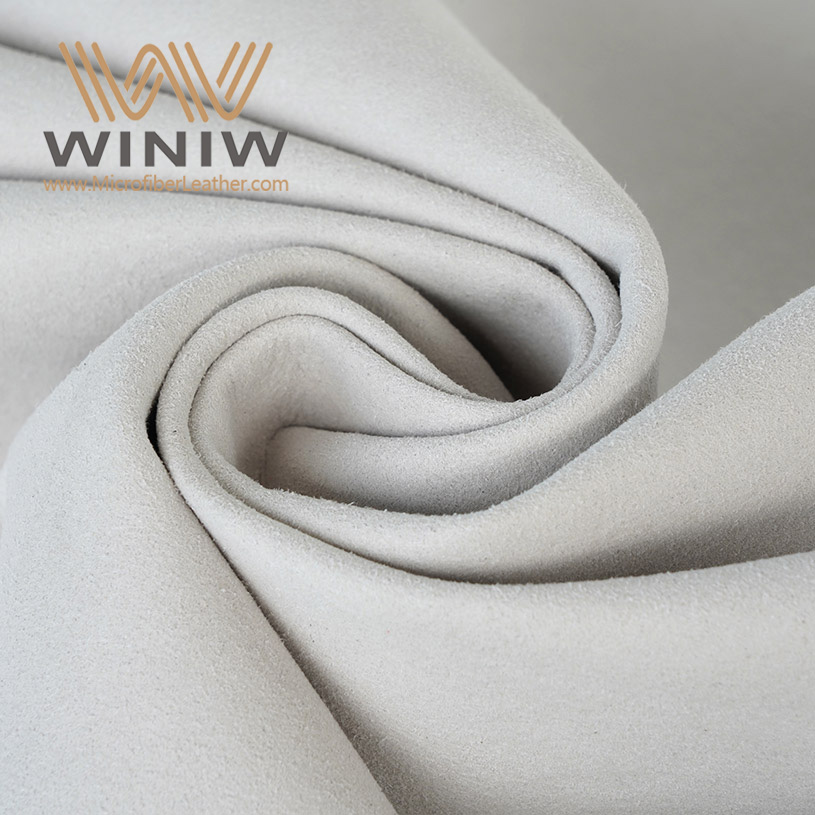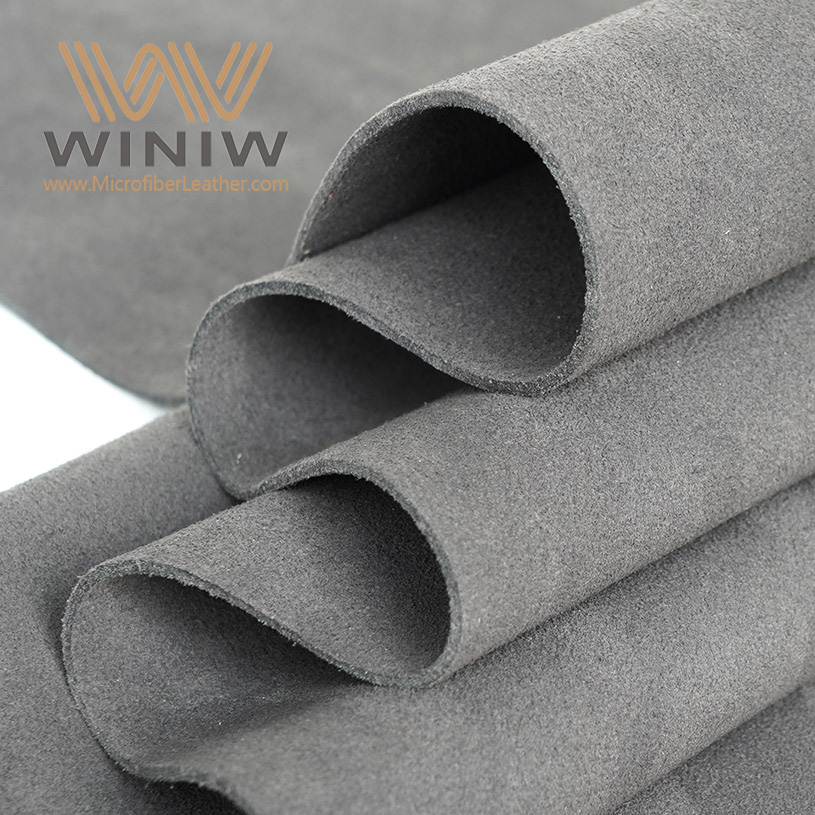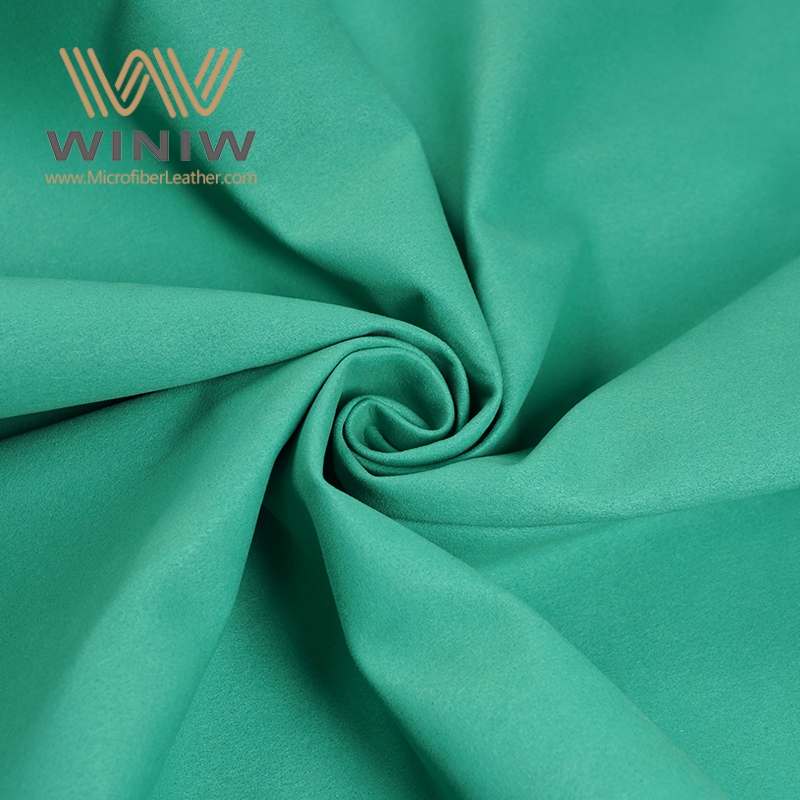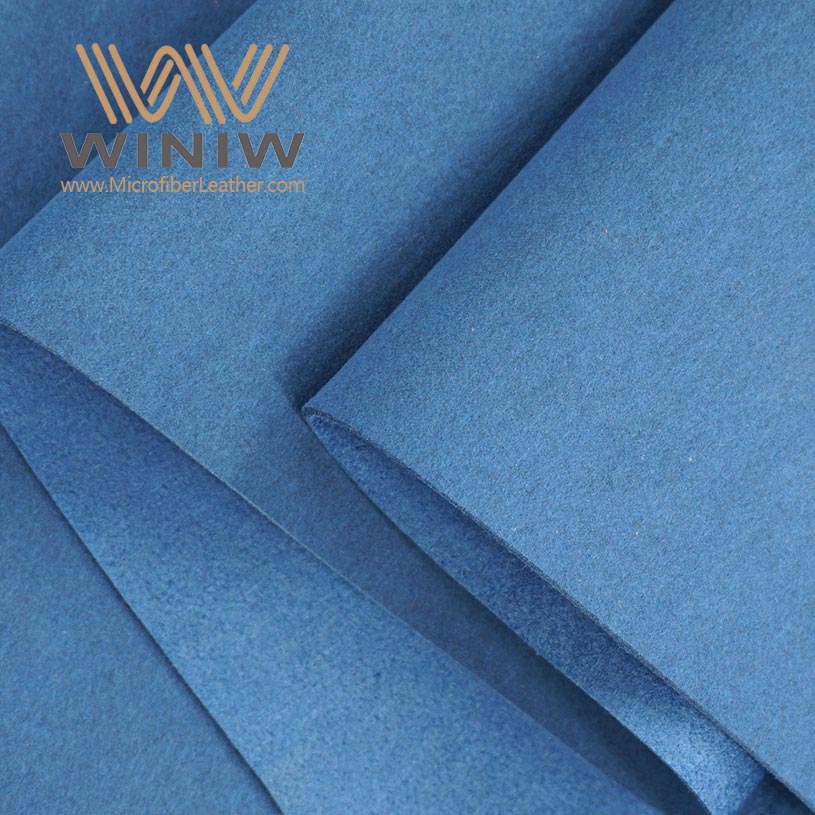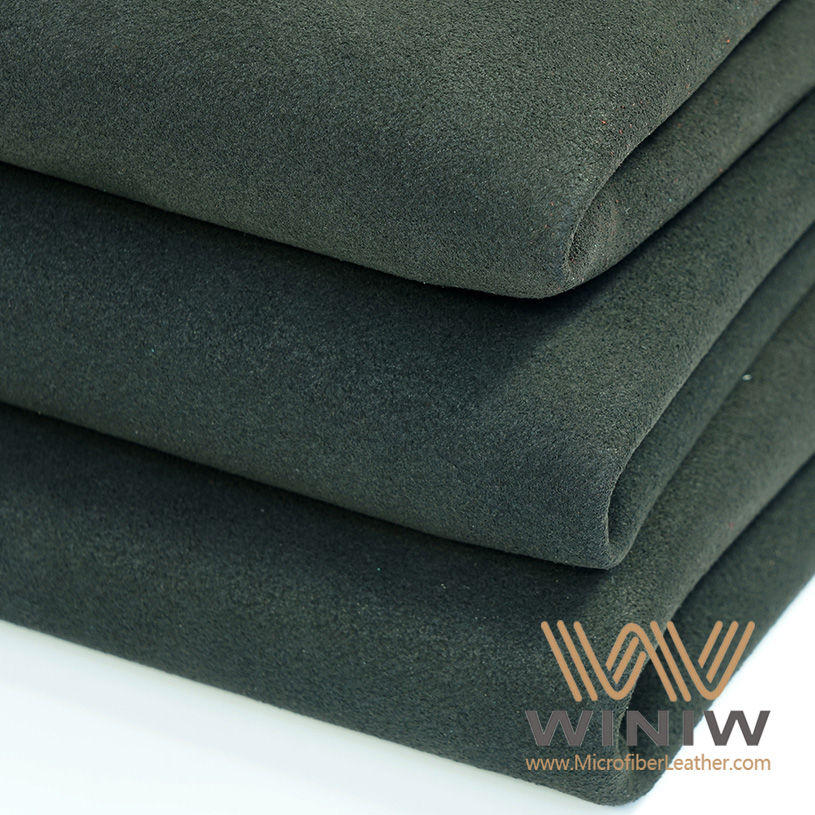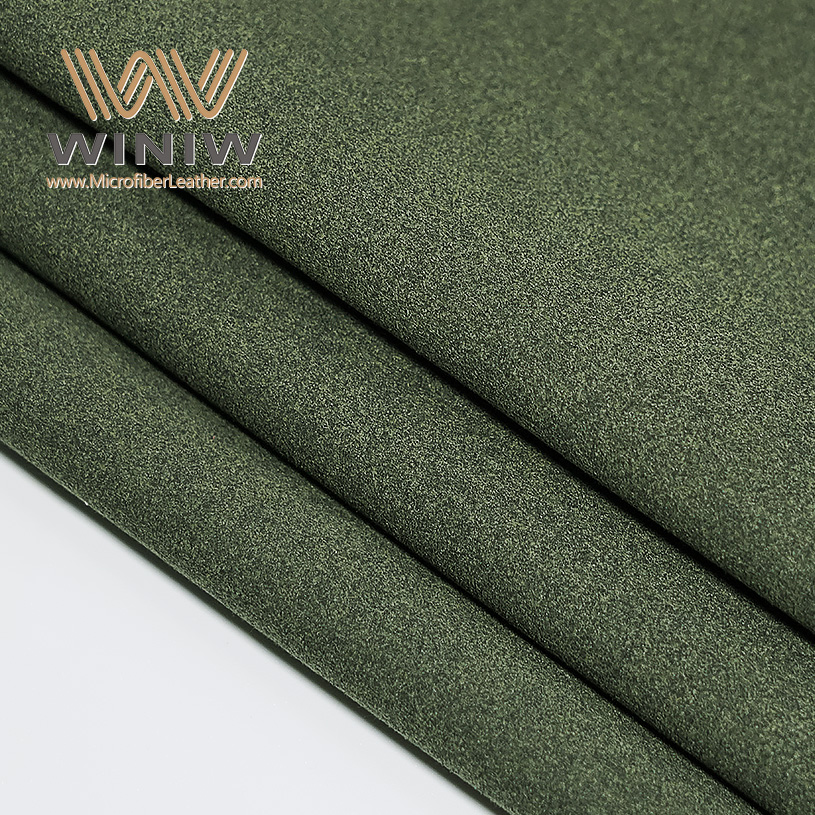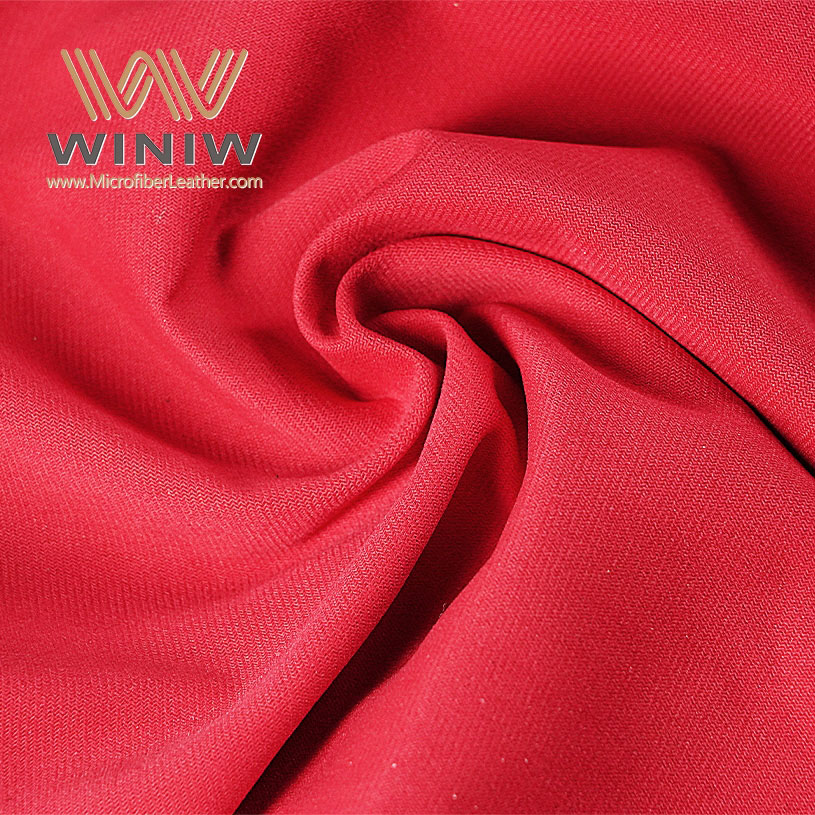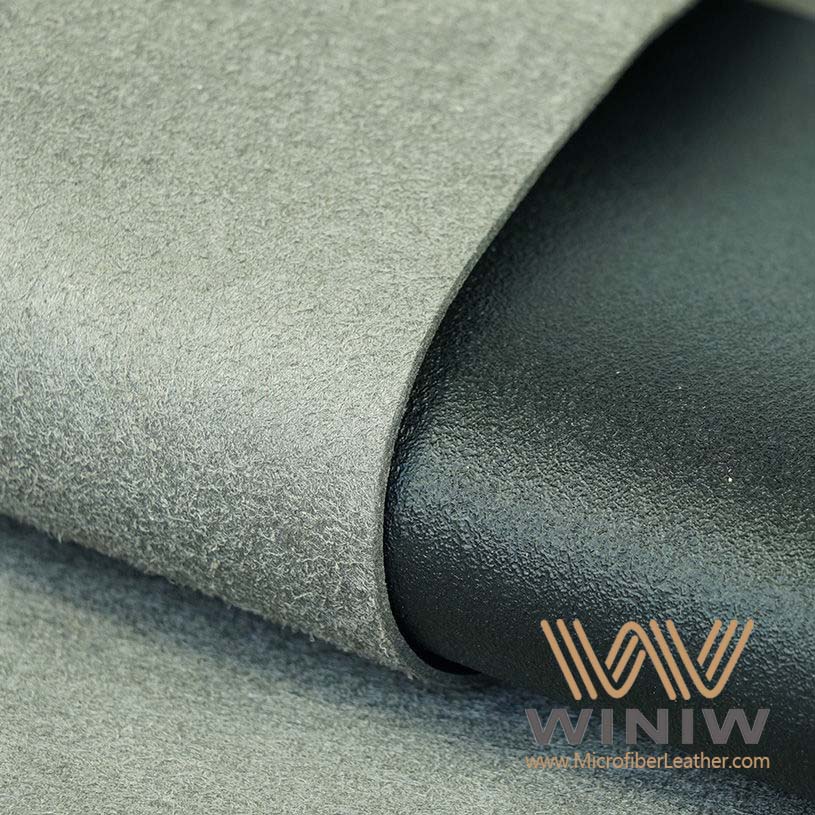
You get better protection from leather safety shoes than suede safety shoes. Leather shows outstanding durability and remains the top choice in industrial settings. The natural strength of full grain leather resists abrasion and keeps shoes effective after heavy use. Suede offers style and appearance with softness, but leather boots provide superior quality and comfort. The advantages and disadvantages of suede and leather affect your decision. High-quality boots made from full grain leather excel in both quality and style.
Factor | Findings |
|---|---|
Comfort and Fit | Key drivers for end-user purchases; significant differences between male and female users. |
Replacement Reasons | Over 85% cited wear and tear as the leading reason for footwear replacement. |
Gender Differences | 60% of women found safety footwear less comfortable than regular footwear; 45% of men reported similar discomfort. |
Suede Safety Shoes vs Leather Safety Shoes Which Offers Better Protection
Leather safety shoes offer superior protection against impacts and water, making them ideal for harsh work environments.
Suede safety shoes provide immediate comfort and style, making them suitable for indoor jobs where appearance matters.
Consider the maintenance needs of each type; leather requires regular care but lasts longer, while suede needs more attention to avoid water damage.
Protection: Suede Safety Shoes vs Leather Shoes

Impact Resistance
When you choose safety footwear, impact resistance becomes a top priority. Leather shoes offer strong protection against heavy objects and sudden impacts. The dense structure of full grain leather absorbs force and shields your feet from injuries. Suede shoes provide a softer feel, but the material lacks the same level of toughness. Leather boots maintain their shape and integrity after repeated impacts, which helps you stay safe in demanding environments. Suede safety shoes may cushion minor bumps, but they do not match the robust defense of leather shoes. You get reliable impact resistance from leather, especially in work areas with falling tools or machinery.
Water Resistance
Water resistance plays a key role in keeping your feet dry and comfortable. Leather shoes, especially those made from full grain leather, resist moisture and prevent water from seeping inside. The natural oils in leather create a barrier against rain and spills. Suede shoes absorb water quickly because of their open texture. When you wear suede safety shoes in wet conditions, the material can become saturated and lose its protective qualities. Leather boots maintain their water resistance over time with proper care. Suede safety shoes require extra attention to avoid water damage. You should consider leather shoes for work environments where weather resistance matters.
Chemical and Slip Protection
You need shoes that protect you from chemicals and slippery surfaces. Leather safety shoes offer durability and breathability, but the porous nature of leather makes them vulnerable to chemical damage. Suede shoes share similar porous characteristics, which means they also face limitations in chemical resistance. Both leather and suede safety shoes rely on their soles for chemical protection. Most safety boots feature soles made from rubber, polyurethane, or nitrile rubber. These materials provide excellent resistance to chemicals and help prevent slips. You benefit from slip protection regardless of the upper material. Leather shoes and suede shoes both depend on high-quality soles to keep you safe from hazardous substances and slick floors.
Tip: Always check the sole material when selecting safety shoes. The right sole enhances chemical and slip protection, even if the upper material has limitations.
You should weigh these protective features when choosing between leather shoes and suede safety shoes. Leather offers superior impact and water resistance, while both types rely on advanced soles for chemical and slip protection.
Durability: Leather vs Suede Shoes
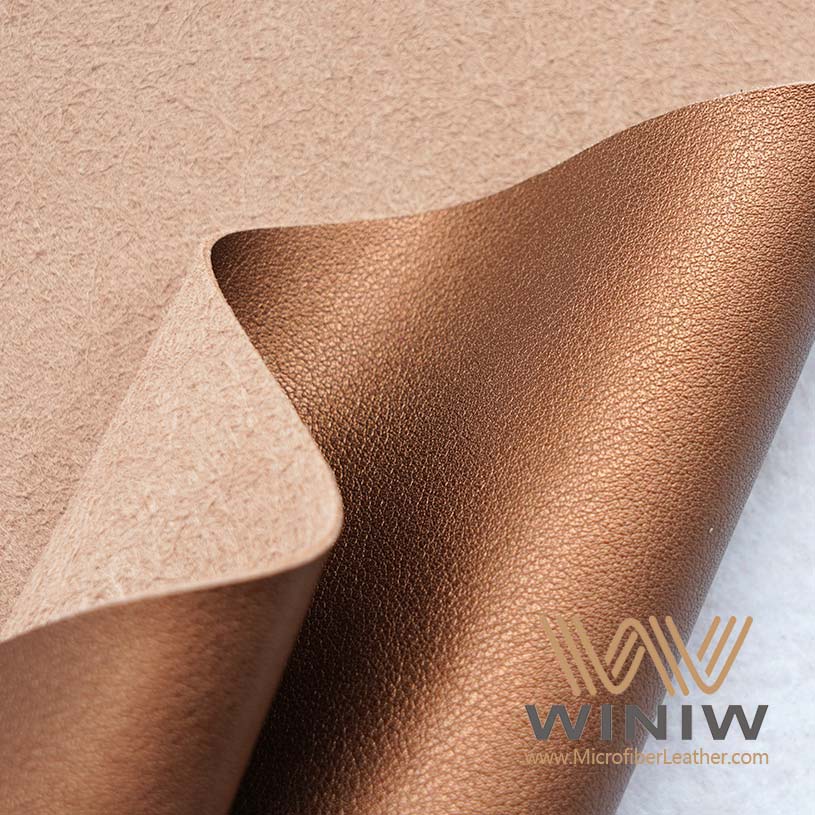
Longevity in Tough Conditions
When you work in construction or manufacturing, you need boots that last. Leather shoes stand out for their durability in tough environments. You can expect leather safety shoes to last around 6 months in heavy-duty settings like construction. Most work boots survive between 6 to 12 months under typical working conditions. Suede boots do not match the lifespan of leather shoes in these environments. The dense fibers in leather help the shoes resist damage from rough surfaces and constant movement. Suede, with its softer texture, wears down faster when exposed to dirt, moisture, and abrasion. If you want shoes that maintain their quality over time, leather boots offer a clear advantage.
Leather safety shoes in construction: about 6 months
Most work boots: 6-12 months
Suede boots: shorter lifespan in tough conditions
Resistance to Wear and Tear
You face daily challenges that test the strength of your boots. Leather shoes perform well in durability tests that measure resistance to repeated flexing and abrasion. The ability of leather to withstand bending fatigue means your boots stay intact even after constant movement. Tests like the Taber Flex Test and Monsanto Flexometer Test show that leather shoes resist cracks and splits. Factors such as the type of leather, tanning process, and thickness influence the durability and quality of your boots. Full grain leather provides the highest level of protection against wear and tear. Suede shoes, while comfortable, do not offer the same resistance. You will notice that leather boots keep their shape and structure longer, making them a reliable choice for demanding jobs.
Tip: Choose leather shoes with reinforced stitching and thick soles for maximum durability in harsh work environments.
Comfort: Suede Shoes and Leather Shoes
Softness and Flexibility
You notice the comfort factor as soon as you put on suede shoes. Suede feels soft against your feet and offers excellent flexibility. The material bends easily, which helps your boots move with you during long workdays. Many workers choose suede shoes for their comfort and breathability. Suede safety shoes allow air to circulate, which keeps your feet cool. The texture of suede also adds a unique style and appearance that stands out in the workplace. Leather, on the other hand, provides a firmer structure. You get support and durability, but leather boots may feel stiffer at first. Over time, leather adapts to your foot shape and maintains high quality. If you value immediate comfort and flexibility, suede shoes offer a clear advantage.
Note: Suede shoes excel in breathability and softness, making them a top choice for jobs that require standing or walking for hours.
Break-In and Fit
When you buy new boots, the break-in period matters. Leather boots often require more time to soften and mold to your feet. You might feel some stiffness at first, but leather rewards you with long-lasting comfort and support. Suede shoes usually need less time to break in. The soft material adapts quickly, so you enjoy comfort from day one. Both suede and leather shoes can provide a good fit, but the comfort factor depends on your foot shape and work needs. If you want shoes that feel comfortable right away, suede shoes deliver. If you prefer boots that improve with age and offer lasting quality, leather stands out.

Maintenance: Leather Shoes vs Suede Safety Shoes
Cleaning and Care
You need to think about how easy it is to maintain your shoes. Leather shoes require regular cleaning to keep their appearance and durability. You can wipe leather with a damp cloth to remove dirt. Use a special cleaner for full grain leather to protect the surface. Conditioning leather helps prevent cracks and keeps the material soft. You should polish leather shoes to restore shine and cover minor scuffs. Suede needs a different approach. Cleaning suede involves using a soft brush to lift dirt and restore texture. You must avoid water when cleaning suede because moisture can cause stains. For tough marks, use a suede eraser or a gentle cleaner made for suede shoes. Cleaning suede takes more time and care than cleaning leather shoes.
Stain and Fade Resistance
You want shoes that look good after months of use. Leather shoes resist stains better than suede. The surface of full grain leather blocks water and most spills, especially if you use waxed or oiled finishes. Minor scratches on leather blend in over time, and the boots develop a rich patina. Suede absorbs water quickly, so stains show up easily and can be hard to remove. Suede boots fade and flatten with age, often looking worn before leather shoes do.
You get better stain and fade resistance from leather shoes. Suede shoes need extra care to keep their color and texture. If you want boots that age well, leather is the better choice.
Cost and Value
Price Comparison
When you shop for safety shoes, price often plays a big role in your decision. Leather shoes usually cost more than suede shoes. The higher price comes from the quality of the leather and the extra steps needed to make durable boots. Suede shoes often appeal to buyers who want a lower price and a modern style. You might notice that suede shoes look trendy and feel soft, but they do not always last as long as leather options.

FAQ
Are leather safety shoes better for outdoor work?
You get better protection from leather safety shoes outdoors. Leather resists water, dirt, and abrasion. You stay safer in harsh weather and rough terrain.
Do suede safety shoes require special cleaning?
You need a soft brush for suede shoes.
Avoid water and use a suede eraser for stains.
Suede needs more care than leather.
Which type offers more comfort for long shifts?
You feel more immediate comfort in suede shoes. The soft material adapts quickly. Leather shoes provide lasting support after the break-in period.


